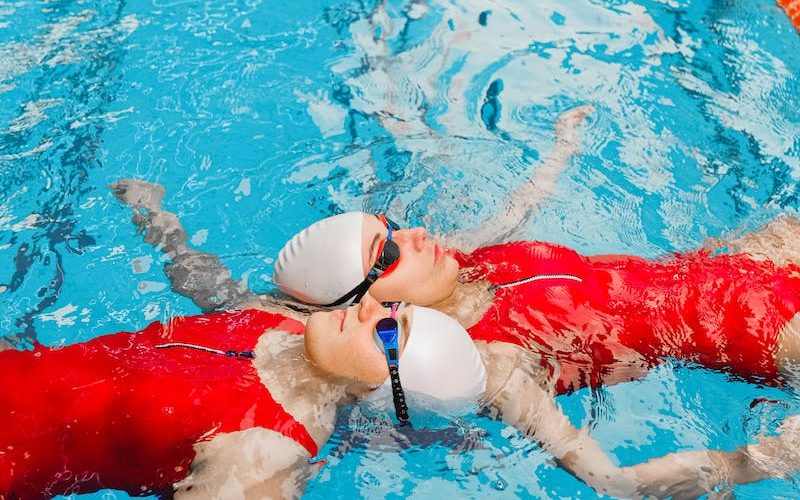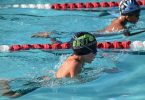Table of Contents
What is western zone swimming?
Western zone swimming refers to the competitive swimming events that take place in the western region of the United States, including states such as California, Arizona, Hawaii, and others.
These events are governed by the Western Zone of USA Swimming, which is a regional organization that falls under the national governing body of swimming in the United States.
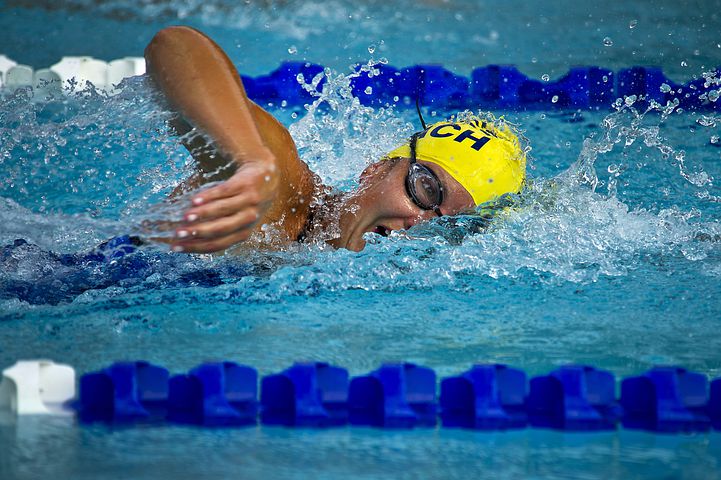
The Western Zone is one of the four zones of the USA Swimming organization and includes 13 states: Alaska, Arizona, California, Colorado, Hawaii, Idaho, Montana, Nevada, New Mexico, Oregon, Utah, Washington, and Wyoming.
If the history of western zone swimming is of great interest to you, this article will share with you 10 important things you need to know about western zone swimming.
The History of Western zone swimming
Western Zone Swimming in the United States has a rich history dating back to the early 20th century.
The first official Western Zone Championship was held in Concord, CA (Pacific). From that point on, the Western Zone became a prominent location for swimming competitions, with many high-profile events being held in the region.
California, in particular, has played a significant role in the history of Western Zone swimming. It is home to many top-level swimming clubs, including the Santa Clara Swim Club and the Mission Viejo Nadadores.
These clubs have produced numerous Olympic medalists, including Mark Spitz and Katie Ledecky.
Arizona has also made significant contributions to Western Zone swimming. The state is home to several top-level collegiate swim programs, including Arizona State University and the University of Arizona.
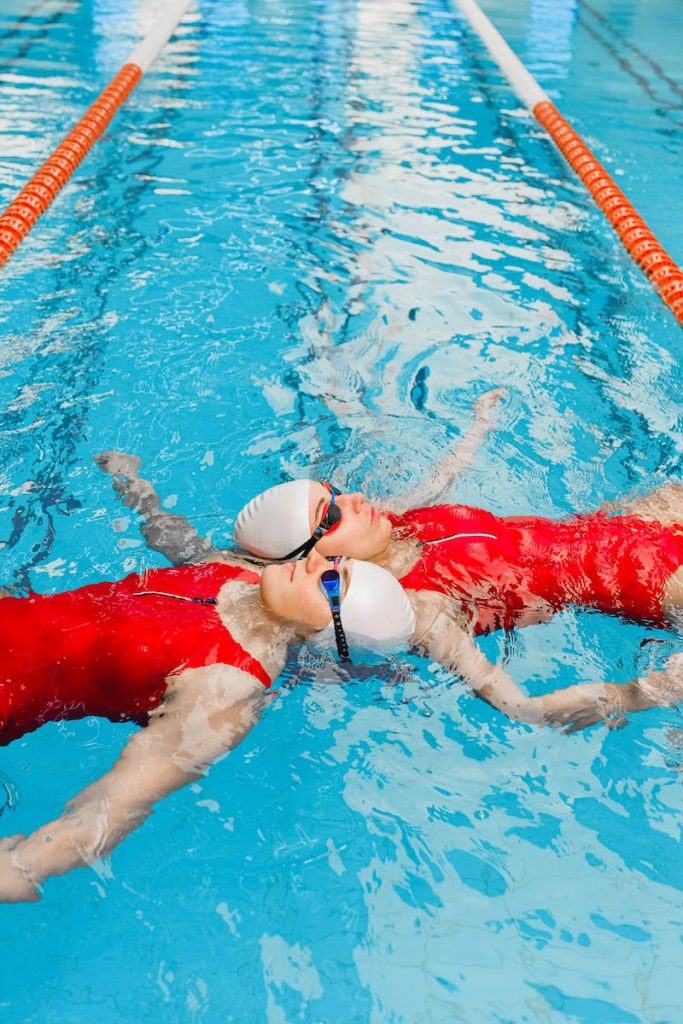
These programs have produced numerous Olympic medalists, including Amanda Beard and Gary Hall Jr.
Hawaii is another state that has made a significant impact on Western Zone swimming. The state has a strong tradition of swimming, with many young athletes taking up the sport at an early age.
Hawaii is also home to the Kamehameha Swim Club, which has produced many top-level swimmers.
Over the years, the Western Zone has continued to host many high-profile swimming competitions, including the U.S. Olympic Trials and the NCAA Championships.
The region has also been a breeding ground for many of the world’s top swimmers, including Michael Phelps, Ryan Lochte, and Missy Franklin.
The Founding of Western zone swimming
The founding of Western zone swimming can be traced back to 1978 when United States Swimming (USS) separated from the Amateur Athletic Union (AAU).
The Amateur Athletic Union (AAU) divided the country into four zones: Eastern, Central, Southern, and Western. Thus, Western Zone Swimming was formed.
Swimming competitions in the Western zone initially followed the same format as those in other zones, with swimmers competing in a range of events such as freestyle, breaststroke, backstroke, and butterfly.
However, the Western zone quickly gained a reputation as a hub of innovative swimming techniques, thanks in part to the warm weather and abundance of outdoor pools.
In the 1980s and 1990s, several notable swimmers emerged from the Western zone, these athletes helped to cement the region’s reputation as a center of excellence in the sport.
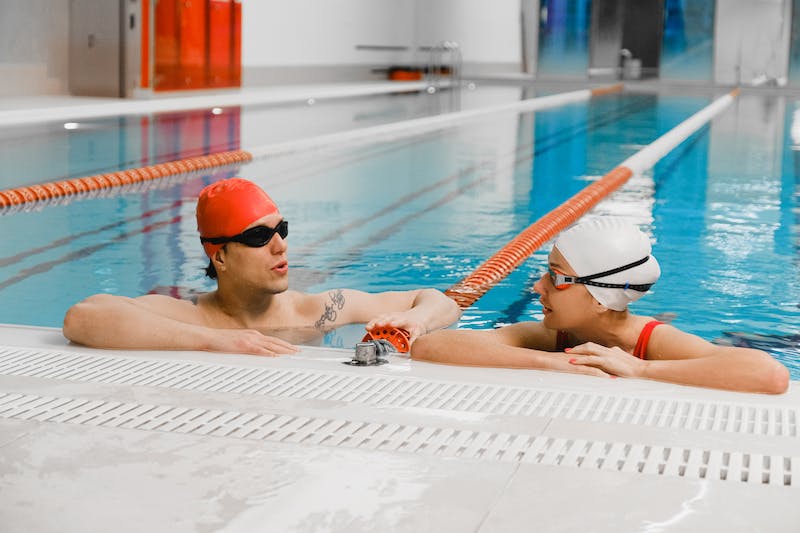
Over the years, Western zone swimming has continued to thrive, with many swimmers and coaches’ pushing the boundaries of what is possible in the pool.
Today, the Western zone is home to numerous competitive swimming clubs, as well as several large-scale events such as the Pacific Swimming Junior Olympics and the Arizona Age Group State Championship.
The founding of Western zone swimming was an important moment in the history of the sport in the United States.
By creating a distinct zone for the western region of the country, the AAU helped to foster a unique and innovative swimming culture that has continued to thrive for over a century.
Importance of Western zone swimming in competitive swimming
The Western Zone of the United States, which includes California, Arizona, Hawaii, and other western states, is considered a hotbed for competitive swimming.
This region has produced some of the most successful swimmers in the history of the sport, including Olympic champions and world record holders.
There are several reasons why the Western zone swimming is so important in competitive swimming:
-
Strong Club Programs: The Western Zone is home to some of the strongest club swimming programs in the country.
These programs have a strong emphasis on training and developing young swimmers, and they often produce some of the top swimmers in the country.
The quality of coaching and facilities in this region is top-notch, which contributes to the success of swimmers in the Western Zone.
-
High-Quality Competitions: The Western region hosts several high-quality swimming competitions throughout the year.
These competitions attract top swimmers from around the country, which creates a highly competitive environment for athletes to compete in.
The Western Zone Championships, for example, is one of the largest age group swimming meets in the country, and it attracts some of the best young swimmers from across the United States. -
Ideal Weather Conditions: The Western Zone’s mild climate provides ideal weather conditions for year-round outdoor training and competition.
Swimmers in this region can train and compete in outdoor pools year-round, which provides them with a significant advantage over swimmers in colder regions of the country. -
Access to Top-Notch Facilities: The Western Zone is home to some of the best swimming facilities in the country. Many of these facilities have hosted major swimming competitions, including the Olympic Trials.
These facilities provide Western Zone swimmers with access to top-notch training and competition venues, which contributes to their success in the sport.
-
Strong Tradition: The Western Zone has a strong tradition of success in swimming. Many of the top swimmers in the world have come from this region, and the legacy of their success continues to inspire young swimmers in the Western region to strive for greatness.
Western zone swimming is incredibly important in competitive swimming.
The combination of strong club programs, high-quality competitions, ideal weather conditions, access to top-notch facilities, and a strong tradition of success has made the Western Zone a hotbed for swimming talent.
The success of swimmers in this region is a testament to the hard work and dedication of coaches, athletes, and families who have helped to make Western zone swimming a force to be reckoned with in the world of competitive swimming.
READ ALSO: 10 Important Aquatic Skills You Need to Know
Notable Achievements in western zone swimming
Western zone swimming in the United States has been the site of many notable achievements by individual swimmers and teams over the years.
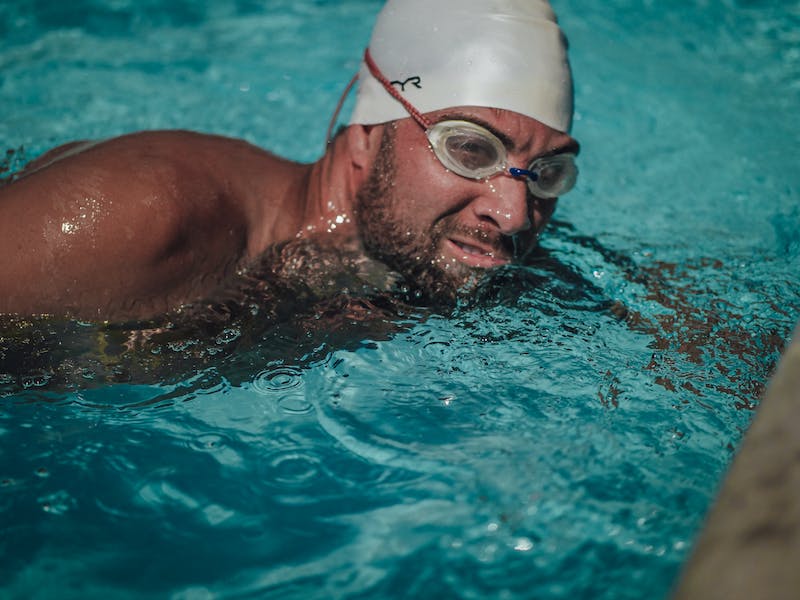
One of the most famous achievements in Western Zone swimming is the performance of Mark Spitz at the 1972 Olympics in Munich, Germany.
Spitz won seven gold medals in that Olympic games, setting world records in each of the events he competed in. Spitz was a product of the Santa Clara Swim Club, one of the most successful clubs in the Western Zone.
Another notable achievement in Western Zone swimming is the success of the Mission Viejo Nadadores swim club. Founded in 1968, the Nadadores has produced many Olympic medalists, including Shirley Babashoff, Brian Goodell, and Mary Meagher.
The Nadadores have won numerous national titles and continue to be a dominant force in the sport.
In recent years, Katie Ledecky has emerged as one of the most dominant swimmers in the Western Zone.
Ledecky, who hails from Bethesda, Maryland but trains with the Nation’s Capital Swim Club in Washington D.C., has won numerous Olympic gold medals and shattered world records in events ranging from the 200-meter freestyle to the 1500-meter freestyle.
Ledecky’s dominance in distance freestyle events has been a source of inspiration for many young swimmers in the Western Zone and beyond.
Other notable achievements in Western Zone swimming include the success of the University of California, Berkeley swim team, which has won numerous national titles over the years, and the contributions of Arizona State University to the sport.
The Western Zone continues to be a hub of swimming talent, with many young athletes striving to make their mark in the sport and follow in the footsteps of the many notable swimmers who have come before them.
Western Zone swimming competitions
The organization hosts several competitions throughout the year to provide opportunities for swimmers to showcase their skills and compete against their peers.
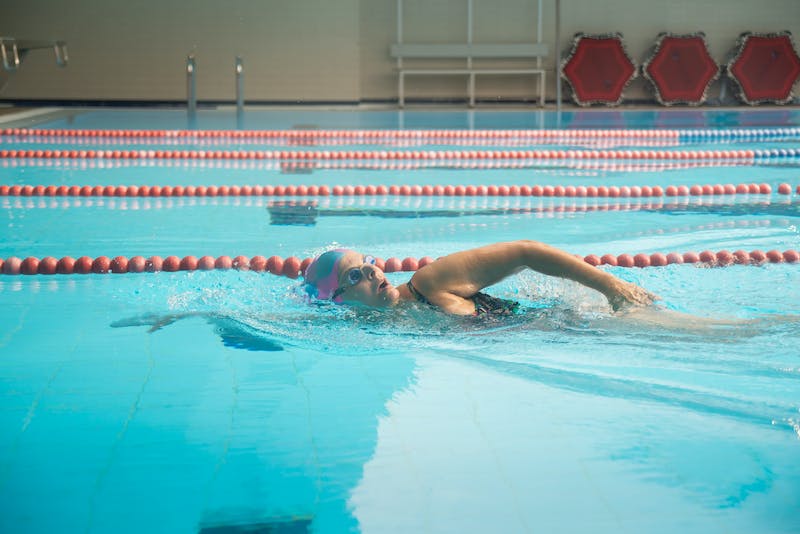
Below are some of the major Western Zone swimming competitions that take place in the western region of the United States:
Types of competitions in Western zone swimming
-
Western Zone Age Group Championships: This competition is held annually and is open to swimmers between the ages of 14 and under.
The competition is divided into two categories, short course and long course, and typically takes place in August.
-
Western Zone Senior Championships: This competition is open to swimmers 18 years and older and takes place in August.
The competition is also divided into two categories – short course and long course – and is held at different locations each year. -
Pacific Swimming Junior Olympics: This competition is hosted by Pacific Swimming, which is a member of Western Zone Swimming.
The competition is open to swimmers between the ages of 14 and under and takes place in July. -
Arizona Age Group State Championships: This competition is hosted by the Arizona Swimming Association, which is a member of Western Zone Swimming.
The competition is open to swimmers between the ages of 14 and under and takes place in July. -
Hawaii Age Group State Championships: This competition is hosted by the Hawaii Swimming Association, which is a member of Western Zone Swimming.
The competition is open to swimmers between the ages of 14 and under and takes place in July. -
California Age Group State Championships: This competition is hosted by the California Swimming Association, which is a member of Western Zone Swimming.
The competition is open to swimmers between the ages of 14 and under and takes place in July.
READ ALSO: History of open water swimming in Australia
Five famous players from Western zone swimming
The western zone of the United States, which includes states such as California, Arizona, and Hawaii, has produced many outstanding swimmers over the years.

Here are some key and famous players in Western Zone swimming:
- Michael Phelps: Phelps is one of the most well-known swimmers in the world, with a record-breaking 23 Olympic gold medals. He was born and raised in Maryland but trained extensively in Arizona.
- Natalie Coughlin: Coughlin is a 12-time Olympic medalist and a former world record holder in several events. She grew up in California and attended the University of California, Berkeley.
- Janet Evans: Evans is a former Olympic gold medalist who set world records in multiple events. She grew up in California and trained with the Fullerton Aquatics Sports Team.
- Katie Ledecky: Ledecky is a five-time Olympic gold medalist and world record holder in multiple events. She grew up in Maryland but trained with the Nation’s Capital Swim Club in Washington, D.C.
- Missy Franklin: Franklin is a five-time Olympic gold medalist and former world record holder. She grew up in Colorado and trained with the Colorado Stars.
Training techniques used in Western zone swimming
Training techniques used in this region incorporate a combination of different methods aimed at improving swimmers’ strength, endurance, and technique.
One common technique is interval training, which involves swimming a set distance or time, followed by a brief rest period, and then repeating the cycle several times.
This method is designed to improve swimmers’ aerobic capacity and endurance by gradually increasing the distance and intensity of each interval.
Another technique used is high-intensity interval training (HIIT), which combines short, intense bursts of swimming with brief recovery periods. This method helps swimmers build their anaerobic capacity and develop explosiveness.
In addition to interval training, strength training is also emphasized in Western zone swimming. This may include exercises such as weightlifting, bodyweight exercises, and resistance band work to build strength in key muscle groups such as the shoulders, back, and core.
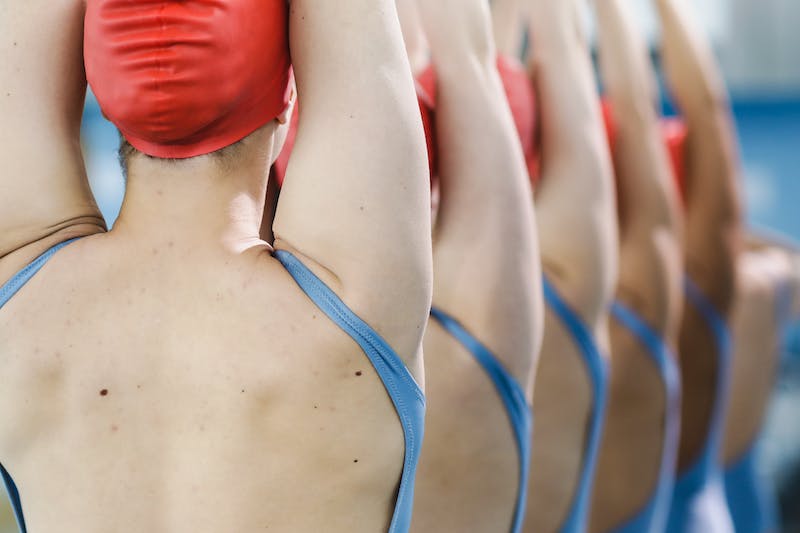
Proper technique and form are essential to avoid injury and ensure maximum benefit.
Technique training is also an essential component of Western zone swimming. Coaches often use video analysis to help swimmers identify areas where they can improve their technique, such as their stroke mechanics or turns.
Drills are also used to help swimmers develop good habits and improve their technique over time.
Finally, mental preparation is also emphasized in Western zone swimming. Coaches may use visualization techniques and goal-setting exercises to help swimmers stay focused and motivated.
This can help swimmers stay mentally strong during races and perform at their best when it matters most.
Overall, the training techniques used in Western zone swimming are designed to help swimmers build endurance, strength, and technique while also emphasizing mental preparation and goal-setting.
Through a combination of interval training, strength training, technique work, and mental preparation, swimmers in this region are able to compete at the highest levels and achieve success in their sport.
Importance of Physical and Mental preparation in Western zone swimming
Physical and Mental preparation are crucial for Western zone swimming, this level of competition is mostly for swimmers aged 14 and under, and it is one of the most competitive swimming events in the country.
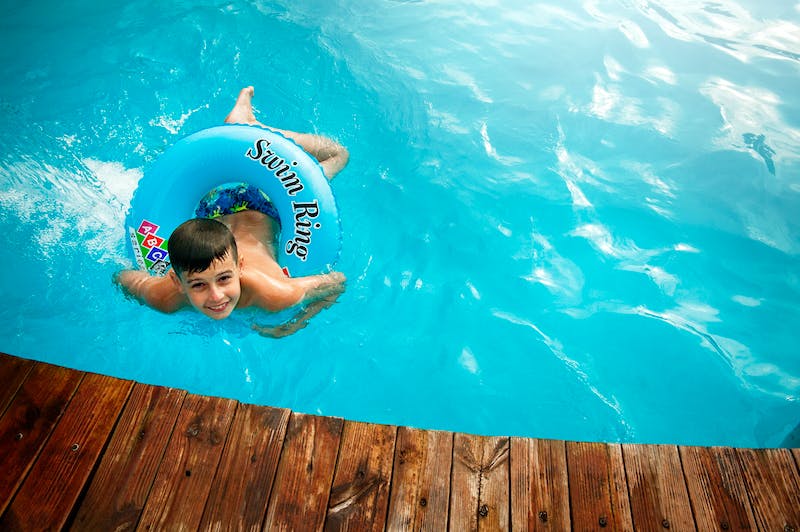
The following are the reasons why physical and mental preparation are essential for success in this competition:
-
Physical Preparation: Western zone swimming demands high levels of physical fitness and endurance. Swimmers need to train their bodies to withstand long periods of intense physical activity.
This includes building strength, speed, and stamina. Swimmers need to have a well-rounded fitness program that includes strength training, cardiovascular conditioning, and flexibility.
They must also have a healthy and balanced diet to fuel their bodies and keep them in top physical condition. -
Mental Preparation: Western zone swimming is not only about physical fitness but also requires a high level of mental preparedness.
Swimmers must be able to handle the pressure of competing at such a high level. Mental toughness and resilience are essential for success in this competition.
Swimmers must have the ability to stay focused, remain calm under pressure, and handle the stress of competition. Visualization, goal-setting, and positive self-talk are all important mental techniques that can help swimmers perform at their best.
-
Competition Level: The Western zone swimming competition is highly competitive, with some of the best young swimmers in the country participating.
Swimmers need to be physically and mentally prepared to compete at this level. They need to be able to swim their best under pressure and perform at their peak during the competition. -
Travel: Western zone swimming requires traveling to different states to compete, which can be physically and mentally exhausting. Swimmers need to be prepared to adapt to new environments, time zones, and weather conditions.
They must also be able to manage their nutrition, hydration, and rest while traveling.
Overall, physical and mental preparation are essential for success in Western zone swimming. Swimmers must focus on building their physical fitness and endurance, as well as developing mental toughness and resilience.
By doing so, they can perform at their best and compete successfully against some of the best young swimmers in the country.
READ ALSO:7 Swimming Techniques That Will Save Your Life
READ ALSO: 14 Important Swim Meet Survival Kit you Need
Challenges in Western zone swimming
There are several challenges that swimmers face when participating in the Western zone swimming competition. Some of these challenges are discussed below.
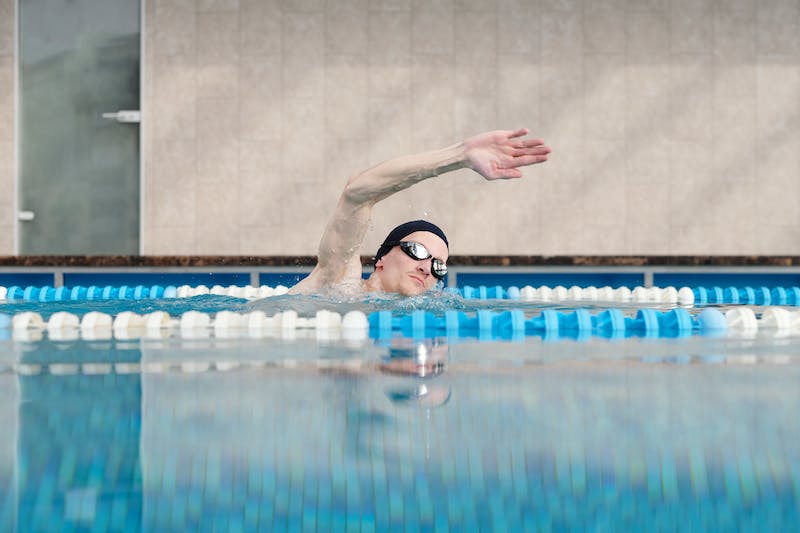
Common challenges faced in Western zone swimming
-
Climate: The Western zone swimming competition takes place in various states with different weather conditions.
Swimmers must be prepared to swim in different temperatures and humidity levels. For instance, the competition may take place in California, where swimmers may face hot and dry weather conditions, or in Hawaii, where they may have to swim in warm and humid conditions. -
Travel and Accommodation: Swimmers and their teams may need to travel long distances to participate in the Western zone swimming competition.
This can be stressful for swimmers, especially if they have to travel long distances and adjust to different time zones.
Moreover, the cost of accommodation may also be high, which can put a financial strain on swimmers and their teams. -
Pool Conditions: Sometimes, the pool conditions can also pose a challenge for swimmers. For instance, if the pool water is too warm or too cold, it can affect swimmers’ performance.
Moreover, if the pool is too shallow or too deep, it can also affect swimmers’ technique and speed.
-
High Competition: The Western zone has a high concentration of elite swimmers and competitive teams, making it challenging for young swimmers to break through and succeed at the highest levels.
The Western zone swimming competition is highly competitive, and swimmers must be at the top of their game to compete successfully.
Swimmers face tough competition from other states and must be prepared to swim at their best to win. -
Psychological Pressure: Swimmers must also deal with the psychological pressure of competing in a high-stakes competition.
They must be mentally prepared to handle the pressure and perform their best. The pressure can be especially high for swimmers who are competing for a spot on the national team or trying to break a record.
Strategies for overcoming challenges in Western zone swimming
-
Adjusting to weather conditions: Swimmers can prepare for extreme weather conditions by hydrating properly, wearing appropriate gear, and adapting their training regimen.
For example, training early in the morning or late in the evening when temperatures are cooler can help swimmers avoid the heat of the day. -
Proper Training: To be successful in Western zone swimming, swimmers need to have proper training. This training should focus on developing strength, endurance, and speed.
Swimmers need to work on their technique and improve their strokes to be able to swim faster and more efficiently.
-
Proper Nutrition: Swimmers need to have a proper diet to fuel their bodies for intense training and competitions.
A diet rich in carbohydrates, protein, and healthy fats can help swimmers perform better and recover faster. -
Focusing on personal improvement: Swimmers can focus on their own personal improvement rather than comparing themselves to others.
They can set realistic goals and work with their coaches to develop individualized training plans that help them achieve those goals -
Mental Preparation: Swimming is not just a physical sport; it also requires mental preparation.
Swimmers should visualize themselves succeeding in their races, set achievable goals, and develop a positive attitude towards their performance.
They should also learn how to deal with stress and anxiety during competitions.
-
Consistency: Consistency is key in Western zone swimming. Swimmers should have a consistent training schedule and maintain a consistent performance level.
They should also consistently follow their coaches’ advice and be open to feedback. -
Rest and Recovery: Rest and recovery are crucial for swimmers to avoid burnout and injuries.
Swimmers should take time to rest between training sessions and competitions, and they should also prioritize recovery activities such as stretching and foam rolling.
In conclusion, the Western zone swimming competition presents several challenges for swimmers.
However, implementing proper training, adapting to the environment, mental preparation, proper nutrition, consistency, and rest and recovery can help swimmers overcome these challenges.
These strategies require discipline and dedication, but they can ultimately lead to success in the sport.
Future of Western zone swimming
The future of Western zone swimming in the United States looks bright and promising.

With state-of-the-art facilities, world-class coaches, and a strong culture of competitive swimming, the Western zone is poised to continue to dominate the sport for years to come.
As more resources are invested in swimming programs and more talented athletes are discovered and developed, the potential for greatness is virtually limitless.
One trend that is likely to continue shaping the future of Western zone swimming is the increasing focus on technology and data analysis.
With the rise of wearable devices and advanced tracking tools, coaches and swimmers alike can now collect and analyze more data than ever before.
This data can be used to optimize training programs, fine-tune technique, and identify areas for improvement.
Another key factor in the future of Western zone swimming is the growing emphasis on diversity, equity, and inclusion.
As swimming becomes more accessible to athletes from all backgrounds and walks of life, we can expect to see a more diverse range of swimmers competing at the highest levels.
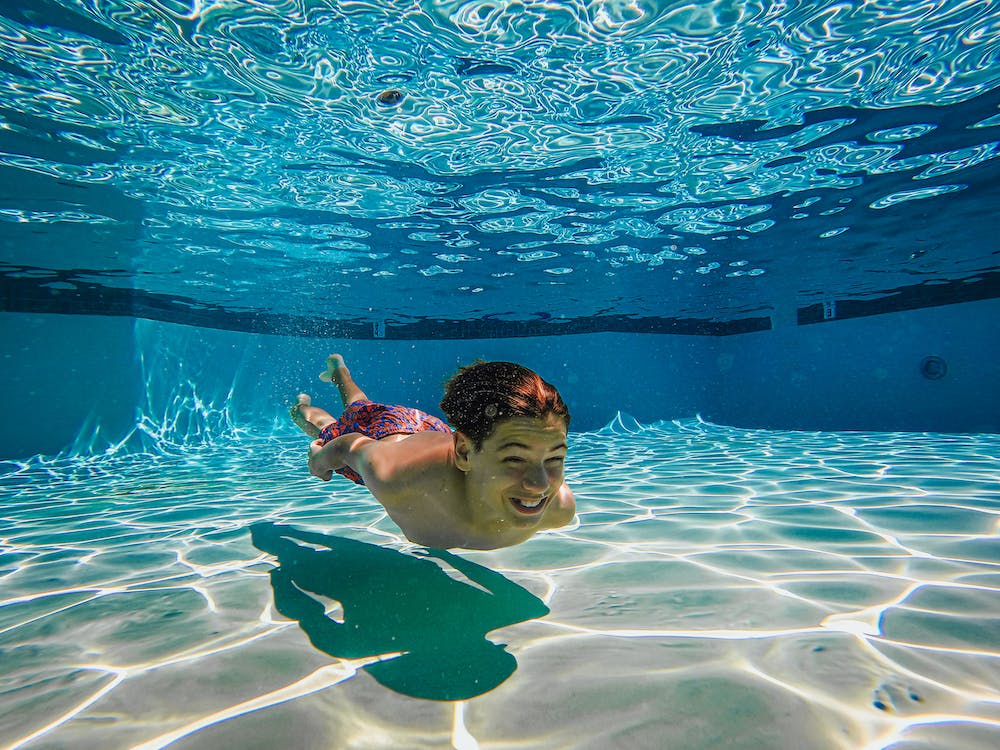
Of course, there will always be challenges to overcome. One of the biggest challenges facing Western zone swimming, as with any sport, is the need to balance the demands of training and competition with the need for rest and recovery.
As athletes continue to push the limits of what is possible, it will be important for coaches and administrators to prioritize the health and well-being of their athletes.
Overall, the future of Western zone swimming is bright and full of promise.
With talented athletes, world-class facilities, and a strong culture of competition, the Western zone is well-positioned to continue producing some of the most successful swimmers in the world.
READ ALSO: 10 Fantastic Places You can swim
Conclusion
In conclusion, Western Zone Swimming in the United States has a long and storied history.
With its many top-level swimming clubs, strong collegiate programs, and rich tradition of producing Olympic medalists, the region is sure to remain a prominent location for swimming competitions for many years to come.

